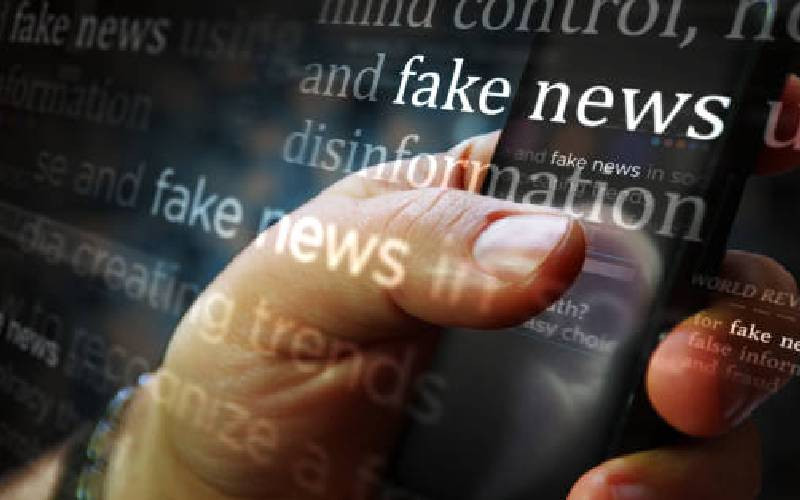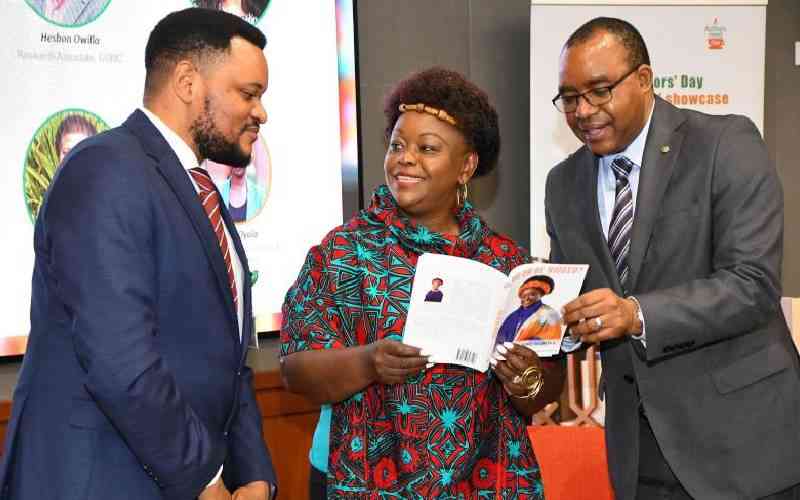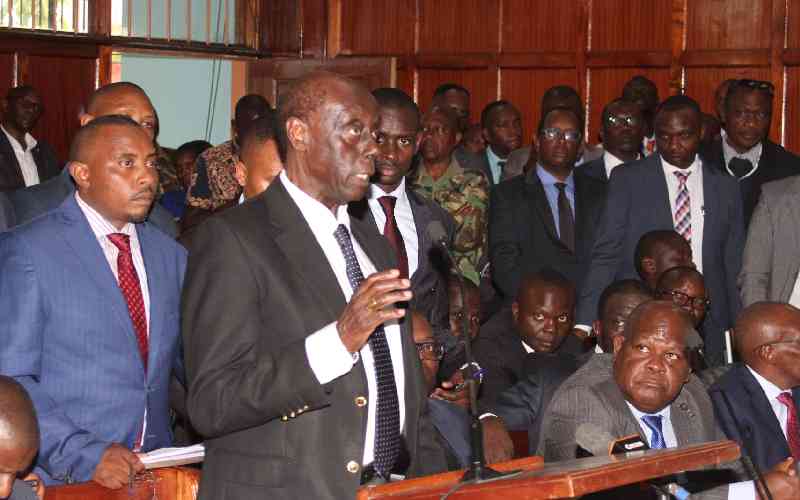
Three weeks ago, three girls were stabbed to death and eight others injured in Britain’s seaside town of Southport. Since the attacker was below 18, the police did not immediately disclose his identity.
The ensuing information gap was filled by internet fake news sources which “disclosed” the attacker as a Muslim immigrant. Within 24 hours, the fake story had received more than 30 million impressions on social media.
What followed was anarchy; immigrants were brutalised, hotels housing immigrants vandalised, and the violence eventually mutated to generalised attacks against those perceived as foreign. Even the late disclosure by the police that the attacker was British born did little to quell the tensions.
The rise of fake news is strongly associated with the Covid era. With people hunkered in their homes and enslaved by technology, the level of disinformation and fake news went into overdrive.
Who can forget the massive anti-vaccine conspiracy theories that survive to date! In the US, the level of disinformation, mostly spread through social media will determine a significant portion of the election. Fake news stories are increasingly supported by deepfakes, comprising largely of AI generated images, videos and audios largely indistinguishable from the real person which manipulate what one has said.
Closer home, the number of fake news stories “viralised”, through “forwards” are colossal. In this season of GenZ protests, numerous videos of old protests or others happening outside Kenya have been shared as currently occurring here.
Fake headlines are now common, many done so well that only the overcautious doubt their veracity. Only this week X’s Elon Musk posted a fake Daily Telegraph newspaper headline that had “reported” that British PM Keir Starmer was considering sending far right rioters to “emergency detention camps” in the Falklands. By the time he deleted the post 30 minutes later, it had garnered more than 2 million views.
In a tech savvy country like Kenya, it won’t be long before deepfakes are part of our news menu with the unsuspecting continuing to disseminate them with abandon.
In this milieu of disinformation, misinformation, fake news, deepfakes and alternative facts, the art of distinguishing the truth from generated untruth is critical. While there can be no exhaustive list of tips to identify fake news, a few common-sense approaches can rescue one from the tyranny of misinformation.
Firstly, use your common sense. Remember that the main purpose of fake news is the non-critical feeding one’s biases, hopes and fears. A basic rationality analysis will tell a story that doesn’t sound right or lacks logical consistency and requires factchecking even if it panders to our biases.
Secondly, develop a healthy scepticism, a critical attitude, especially about stories with shock value. If for instance the news source is from outlets you haven’t heard of, reconfirm from known outlets. If it is a major story, it will have been carried by several news sources.
Verify that sources quoted are true by checking from their own sites. Check for facts that support allegations and opinions. Establish the editorial history of the writer.
Thirdly, do not take images at face value. Modern editing software can create images that look real, doctoring real events, sometimes by superimposing two innocent videos to create a perverse one, or by swapping faces. Recently, a video that showed a senior politician being heckled in their home region, went viral. A cursory review of the video would have shown a misalignment within the video that pointed to malicious editing. There are basic methods you can tell a doctored image or video. And beware of “screenshots”. There is software now that can create complete fake conversations.
Finally, but most importantly avoid the temptation of forwarding messages whose credibility you have not personally established. Many people believe information depending on who it emanates from. Be known as the person who verifies, an informal factchecker who can be trusted.
Most fake news is harmless but, in many instances, it can form basis of making key personal, political or economic decisions that ultimately harm us or society. Be wise.
-The writer is an advocate.
 The Standard Group Plc is a multi-media organization with investments in media platforms spanning newspaper print
operations, television, radio broadcasting, digital and online services. The Standard Group is recognized as a
leading multi-media house in Kenya with a key influence in matters of national and international interest.
The Standard Group Plc is a multi-media organization with investments in media platforms spanning newspaper print
operations, television, radio broadcasting, digital and online services. The Standard Group is recognized as a
leading multi-media house in Kenya with a key influence in matters of national and international interest.











